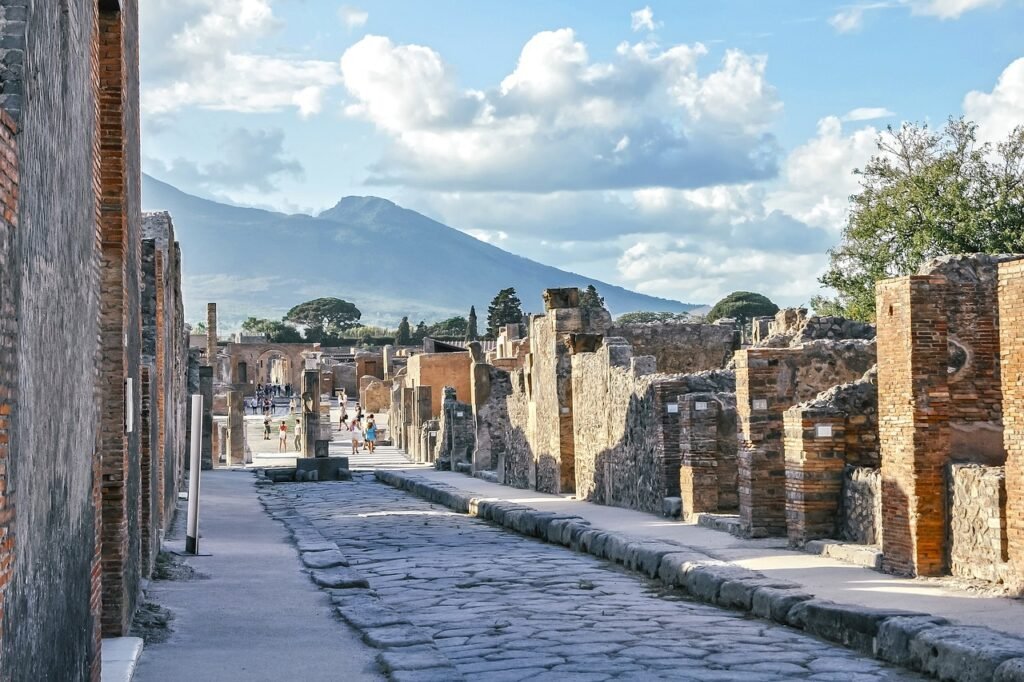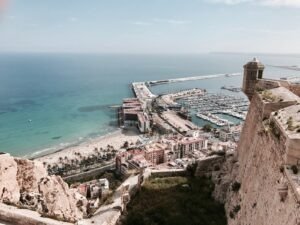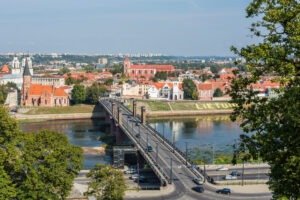Pompeii Archaeological Site

If you are planning a trip to Italy, you cannot miss visiting the fascinating Pompeii Archaeological Site, located in the Campania region near the city of Naples. Pompeii was a thriving Roman city until it was buried under layers of volcanic ash during the eruption of Mount Vesuvius in 79 AD. Today, the site offers a unique glimpse into life in ancient times, frozen in time by the disaster.
Getting There
The easiest way to get to Pompeii is by train from Naples. Trains run regularly from Naples to Pompeii Scavi, which is the station closest to the archaeological site. The journey takes around 30 minutes and trains are usually quite crowded, so it is best to avoid rush hours. Alternatively, you can take a guided tour from Naples, which will include transportation to and from the site.
History of Pompeii
Pompeii was founded in the 7th century BC by the Osci people, and later became a Roman colony in 80 BC. The city was a thriving commercial center, known for its trade in olive oil and wine. It was also a popular holiday destination for wealthy Romans, who built lavish villas and public buildings in the city.
On August 24, 79 AD, Mount Vesuvius erupted, covering Pompeii in a thick layer of volcanic ash and pumice. The city was buried under up to 20 feet of ash and debris, and was forgotten for centuries. It was rediscovered in the 18th century, when a group of explorers stumbled upon the ruins while digging a well.
What to See
The Pompeii Archaeological Site is vast and it can take several hours to explore properly. Here are some of the highlights:
The Forum: This was the center of Pompeii’s public life, where political and commercial activities took place. It was surrounded by important buildings such as the Basilica, the Curia, and the Temple of Jupiter.
The Amphitheatre: This is one of the oldest and best-preserved Roman amphitheatres in the world. It could seat up to 20,000 people and was used for gladiatorial contests and other public spectacles.
The House of the Vettii: This is one of the most impressive houses in Pompeii, belonging to two wealthy brothers. The house is adorned with beautiful frescoes and mosaics, depicting scenes from everyday life and mythology.
The Baths: Pompeii had several public bathhouses, where people could relax and socialize. The best-preserved one is the Stabian Baths, which features hot and cold pools, changing rooms, and a gymnasium.
The Brothel: Known as the Lupanar, this was one of the most famous buildings in Pompeii. It features several small rooms with stone beds and erotic paintings, suggesting that it was a place of pleasure for the city’s residents.
Tips for Visitors
- Wear comfortable shoes, as the site is quite large and there is a lot of walking involved.
- Bring a hat and sunscreen, as there is not much shade in the site.
- Consider hiring a guide or joining a guided tour, as the site can be overwhelming without some context and explanation.
- Bring water and snacks, as there are limited options for food and drink inside the site.
- Be respectful of the site and do not touch or remove any artifacts.
Conclusion
Visiting Pompeii Archaeological Site is an unforgettable experience, allowing you to step back in time and explore a city that was buried for centuries. From the impressive public buildings to the intimate houses and the suggestive brothel, the site offers a glimpse into the daily life of ancient Romans.




